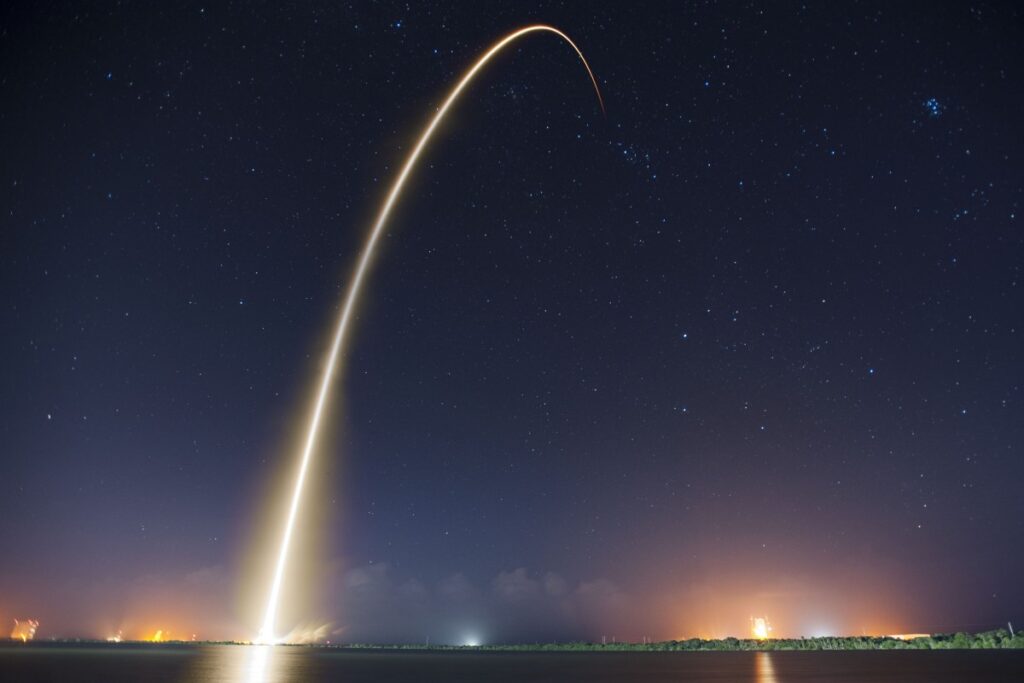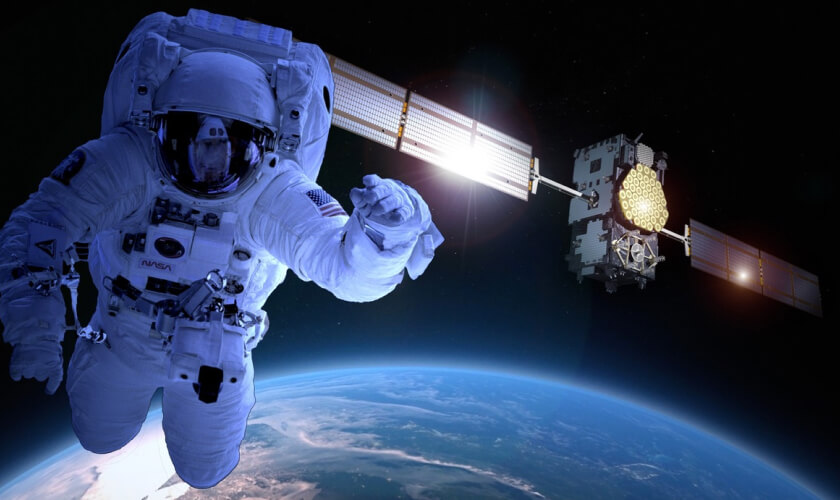The future of space exploration is rapidly evolving, driven by cutting-edge technological advancements. Spacecraft are becoming more efficient, capable, and versatile, thanks to innovations in propulsion, materials, artificial intelligence (AI), and automation. These advancements are transforming how we think about interplanetary missions, space tourism, and deep-space exploration, ultimately allowing humanity to explore the farthest reaches of our universe.
Traditional spacecraft have relied on chemical propulsion for decades, but emerging technologies are set to revolutionize how we travel through space. One of the most promising areas is ion propulsion, which uses electrically charged particles (ions) to generate thrust. This system, already used in missions like NASA’s Dawn, offers greater efficiency compared to chemical rockets, allowing spacecraft to travel farther on less fuel.
Another revolutionary concept is nuclear propulsion, which has the potential to significantly reduce travel time to distant planets like Mars. A nuclear-powered spacecraft could operate for longer periods, generating more energy than solar or chemical alternatives. The development of these systems opens the door to deep-space exploration missions that were previously thought impossible.
Artificial intelligence (AI) and autonomous systems are critical to the future of spacecraft. As missions venture deeper into space, the need for autonomous decision-making becomes essential due to the time delay in communication between Earth and the spacecraft. AI-driven spacecraft can make real-time decisions, navigate challenging environments, and respond to unexpected events without waiting for human intervention.
AI is also revolutionizing data processing onboard spacecraft. Autonomous systems are capable of analyzing vast amounts of data from sensors and instruments in real-time, providing instant insights and allowing the spacecraft to adapt to changing conditions. For example, NASA’s Perseverance rover on Mars uses AI to navigate the planet’s surface autonomously, choosing the safest paths and identifying areas of scientific interest.
Materials science is another area where technology is shaping tomorrow’s spacecraft. Lightweight, high-strength materials such as carbon composites and advanced alloys are reducing the weight of spacecraft, making launches more efficient and less costly. Reducing mass without sacrificing structural integrity is crucial in space travel, where every kilogram matters in terms of energy and fuel consumption.

Additive manufacturing, or 3D printing, is another game-changing technology. This allows spacecraft components to be produced with high precision and complexity that traditional manufacturing methods cannot achieve. NASA has already begun experimenting with 3D-printed parts for spacecraft and even on-orbit manufacturing. The ability to print parts in space, on-demand, will reduce the need for extensive spare parts and increase mission flexibility.
The future spacecraft may also feature modular designs, allowing different sections of the spacecraft to be replaced or upgraded over time. This approach offers enhanced longevity and adaptability, accommodating new technologies as they emerge without the need for a complete redesign. SpaceX’s Starship project is an example of a reusable spacecraft that embodies this philosophy, aiming for multiple launches with the same hardware.

“If you go back a few hundred years, what we take for granted today would seem like magic – being able to talk to people over long distances, to transmit images, flying, accessing vast amounts of data like an oracle. These are all things that would have been considered magic a few hundred years ago.”
Elon Musk
Technology is rapidly shaping the spacecraft of tomorrow, making missions more efficient, safe, and sustainable. With advancements in propulsion, AI, materials science, and modularity, we are on the brink of a new era in space exploration. These innovations are paving the way for humanity’s next great leap into the cosmos, making interplanetary travel, deep-space exploration, and even space tourism a tangible reality for the near future.















